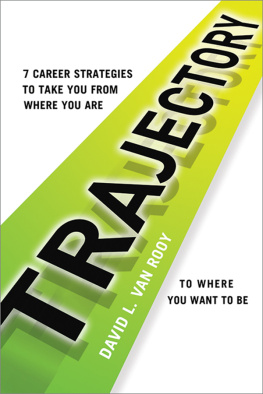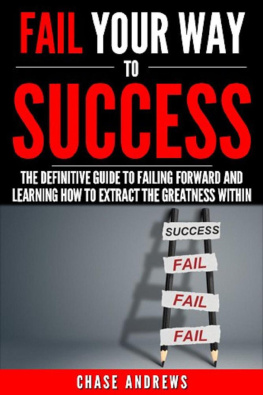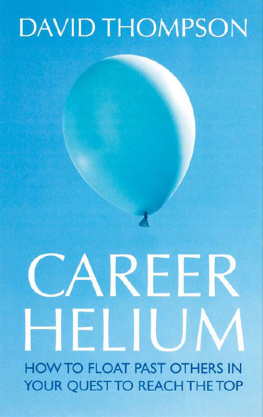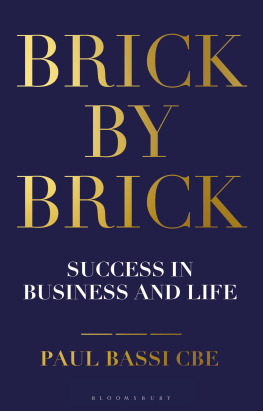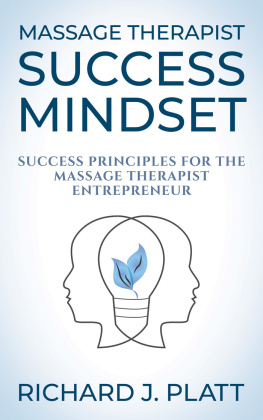Turn the page for a free sample from .
CHAPTER 1
STEPS TO PRODUCTIVITY
W hat distinguishes a professional organizer or productivity consultant from a decluttering or cleaning service? Professional organizers transfer skills rather than simply complete tasks. You might pick up a handy tip or two from an office cleaning service, but that is not their goal. Office cleaners do not want to transfer skills or offer tools and train their way out of a job.
At every client appointment, professional organizers strive to transfer skills, teach systems, and explain processes. They are committed to empowering their clients with the necessary skills to achieve their best organization system. Empowerment is always top of mind because consultants want their clients to achieve success. Success only happens when consultants explain systems and processes in a way that helps their clients organize their environments in their own way, and a way that works for them.
One of my earliest clients, Cindy, called me, saying, My office is a disaster. I need you to come help me organize my office. Things have gotten so crazy that I am in the office every night until eleven o'clock. I'm just trying to catch up with what's happened that day, and I never get to the piles of papers around me. I need to feel in control, and I think everything will be okay if I can just dig out from under all of this paper.
When I arrived for my appointment with Cindy, I found a small bedroom that she had turned into her office. She had a desk with a computer, phone, and an inbox on it. Across from the desk were wall shelves, and there was a filing cabinet. The doors of the closet had been removed. All I could see were piles of papers. They were stacked on the desk, on top of the filing cabinet, on the wall shelves, on the floor, as well as piled in the closet.
We started working, and it was clear to me, just from the first half hour of my assessment, that it wasn't just papers causing her problems. She had a time management problem as well. The papers were a side effect, a symptom of larger problems, but it was the piles of papers that bothered her. The most common reason people call me is because they think they need help getting their physical space organized, the clutter of papers, books, and other materials in the office. Usually, they cannot see the whole picture because they are focused on the symptoms, and that's what triggers them to call. The physical clutter gets to the point where it's too much, and it is too overwhelming and becomes stressful. That's why Cindy called.
Very gently, I shared my observations. You know, paper is often a symptom of bigger issues, I said. We looked at her calendar book and her system to keep track of tasks. There were Post-it notes everywhere, and notes on other pieces of paper stuck with tape or propped next to the telephone. She did not have a system to keep track of calls. If somebody left a message and she needed to return the call, she put a Post-it on her computer screen, desktop, or phone handle to remind herself. There were piles and piles of papers, including especially important files that she couldn't lose. The first thing we tackled was the physical clutter.
Nearly 90 percent of the people who call for help initiate that first call because they feel overwhelmed by physical clutter. Some clients are happiest to have someone come in and clean up their offices, file their papers, make everything look tidy, leaving them with an office that's cleaner. Others welcome the opportunity to find a lasting solution for managing their incoming papers, mail, and other documents. In other words, some clients call and want a Band-Aid for the symptom; others are ready to endeavor to find the root cause of the issue so that they can become empowered to develop lasting solutions to their productivity issues. One thing became apparent to me over the years working as a professional organizer: It was rare that anyone was ready to deal with the other issues, such as electronic clutter and time management, until a person's physical clutter was brought under control.
When I discovered that there was a flow to introducing the various strategies for achieving physical organization, electronic organization, and so on, I was excited. It felt as though I had made a novel discovery. Sitting across from my husband explaining my findings, I was sounding him out on suggestions for how I could explain this process to my prospective clients. He quietly said, 'You've heard of Maslow's pyramid, haven't you?
MASLOW'S PYRAMID
Unless you've been to business school to study management, or studied psychology, sociology, or another field that focuses on human behavior, you are probably only casually aware of Maslow's hierarchy of needs. Like me, you probably haven't spent a lot of time applying his theories in the real world. In his 1943 psychological research studies on what motivates people, Abraham Maslow discovered there is a logical order of needs that have to be satisfied before people can be motivated to the next level. He identified five levels, starting with the most essential needs:
- Physiological. The most basic needs that people experience are the essentials for their survival, such as air, food, drink, shelter, sex, and sleep. They need to satisfy these needs before they are motivated to be concerned about the next level.
- Safety. Once people's physiological needs are met, then security becomes important, including personal and financial security, health, and well-being.
- Love and Belonging. Next in the hierarchy of needs that motivate us are relationships, such as work, group, family, and partner.
- Esteem. Both self-esteem and respect from others are among the needs identified in the next level.
- Self-Actualization. The highest level that motivates people is fulfilling their greatest potential.
Most often Maslow's hierarchy of needs is expressed as a pyramid with the most essential needs expressed in the lowest level. illustrates his philosophy of the relationship between the different types of needs. For example, people who don't feel loved or a sense of belonging (level 3) will not have self-esteem or feel respected by others (level 4). You cannot convince people to possess self-esteem unless they achieve the love and belonging needs in the third level first. People need to fulfill each level, starting with physiological needs, before being motivated to move up the pyramid and achieve the next level.

